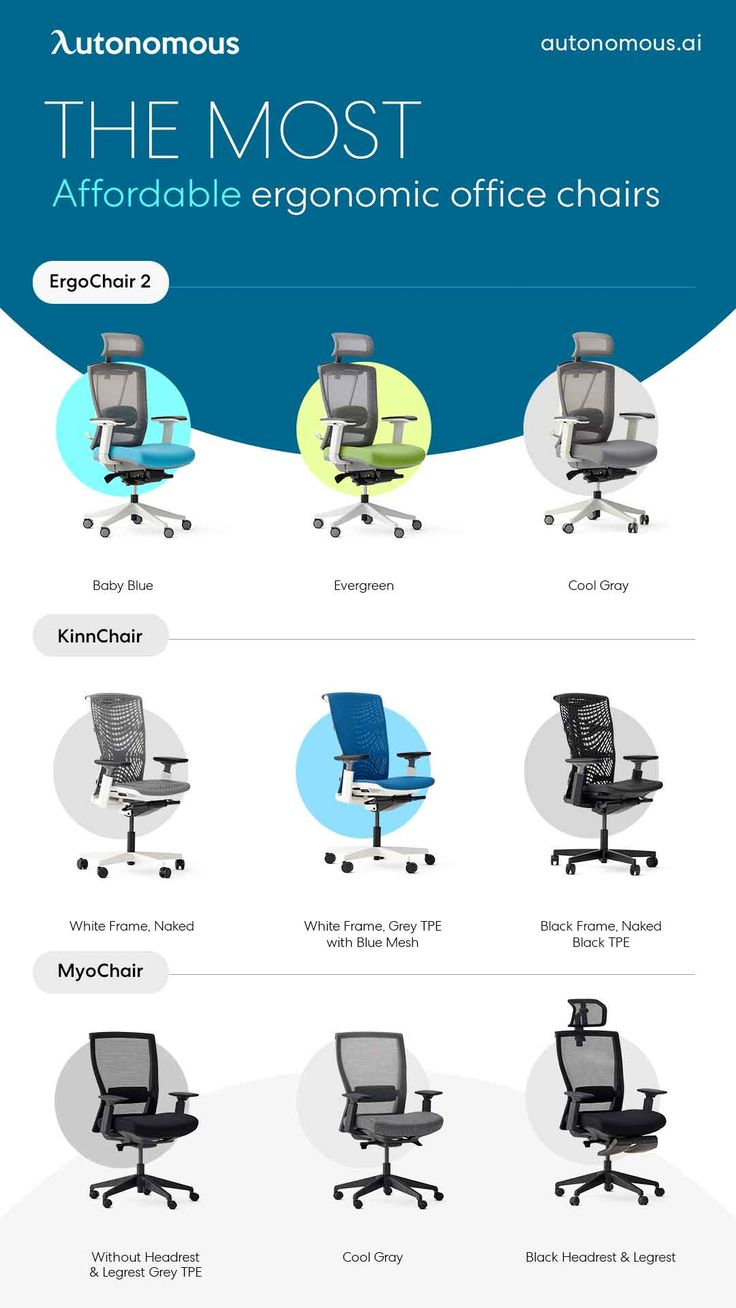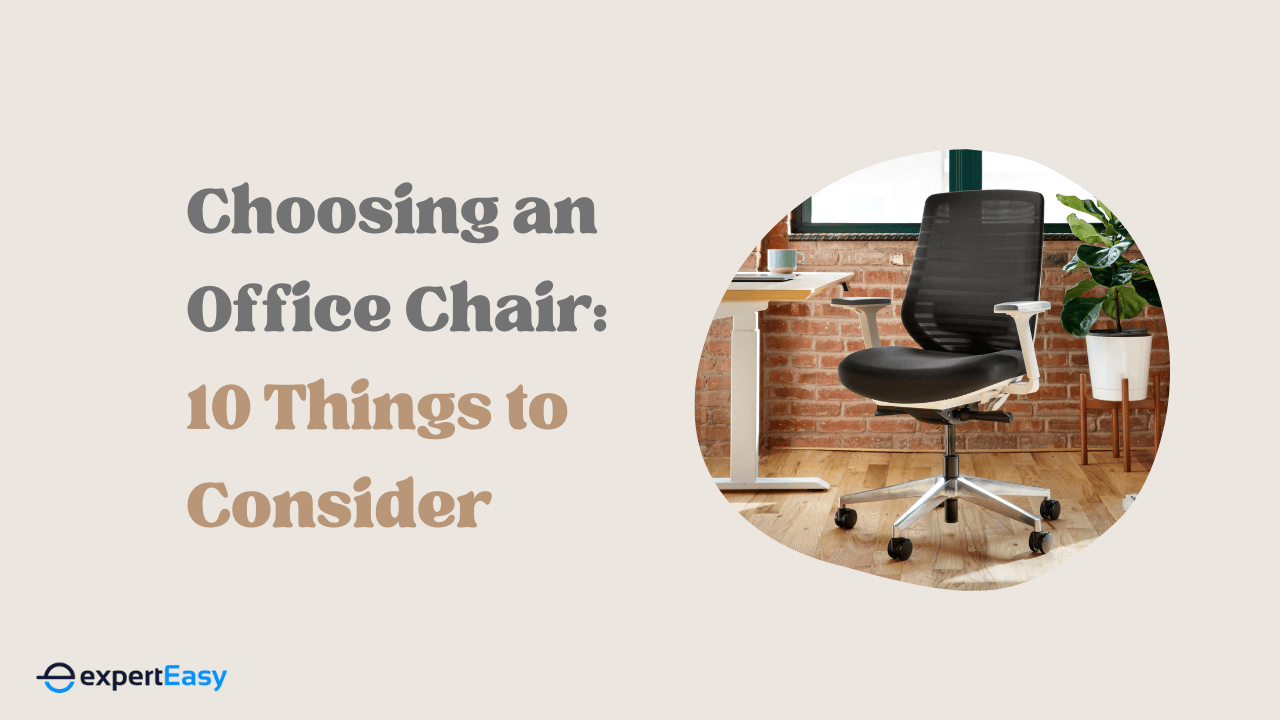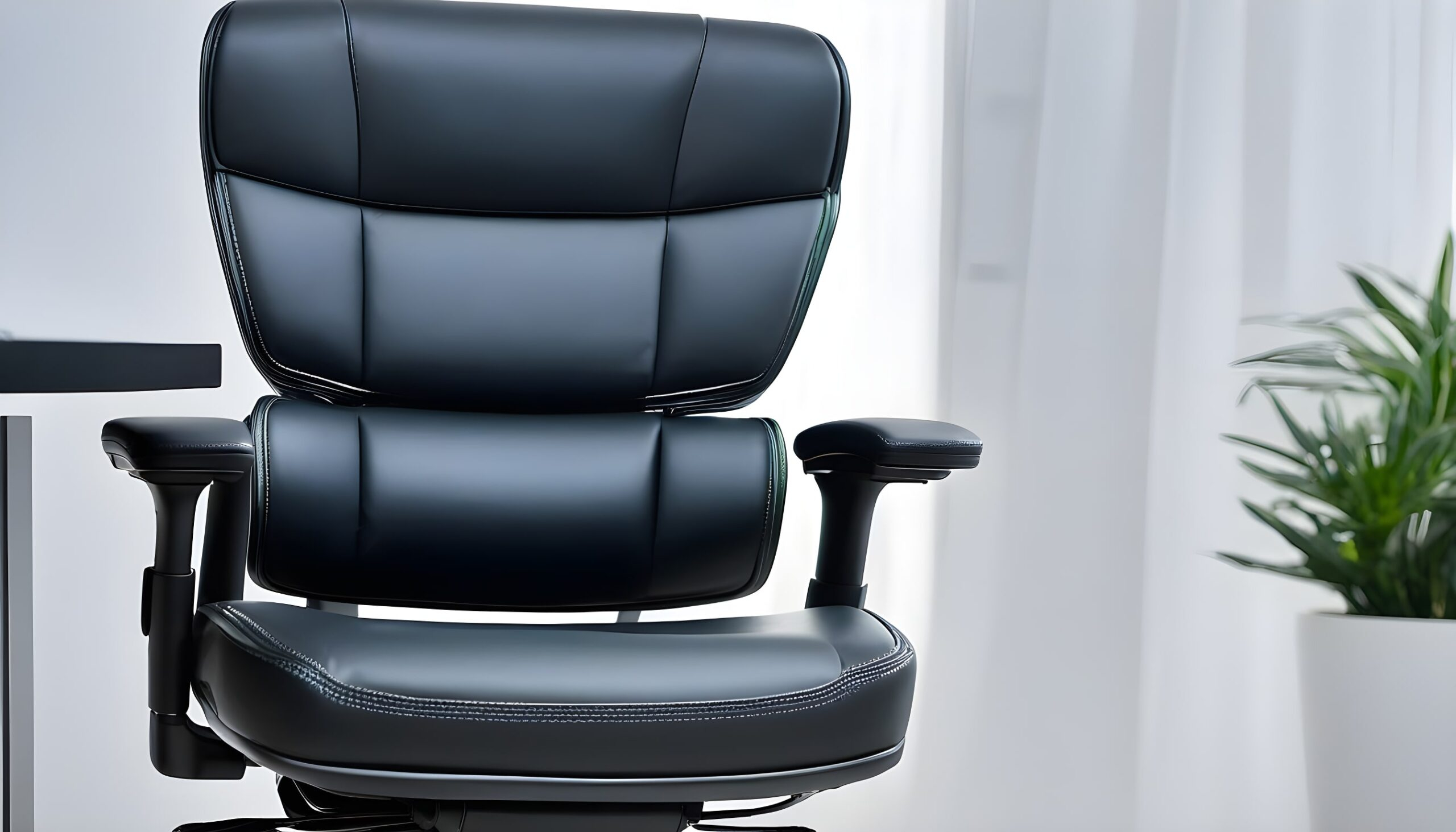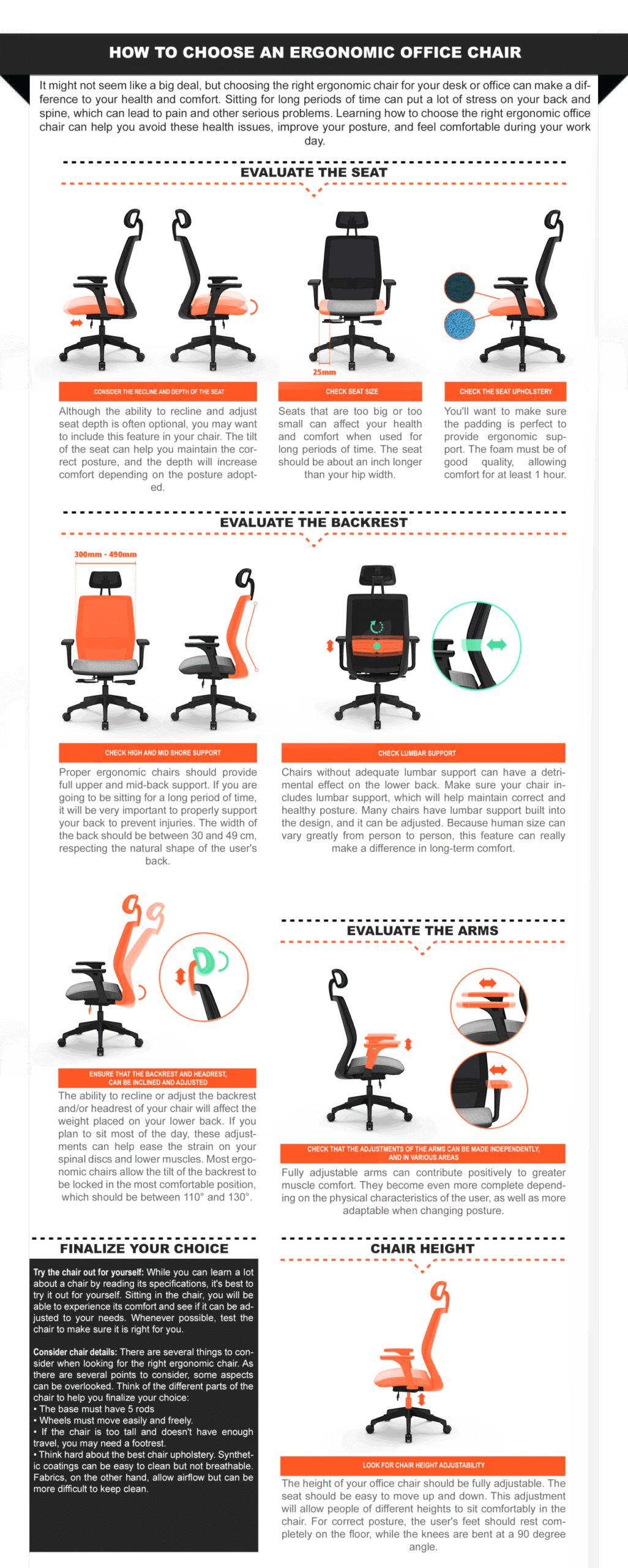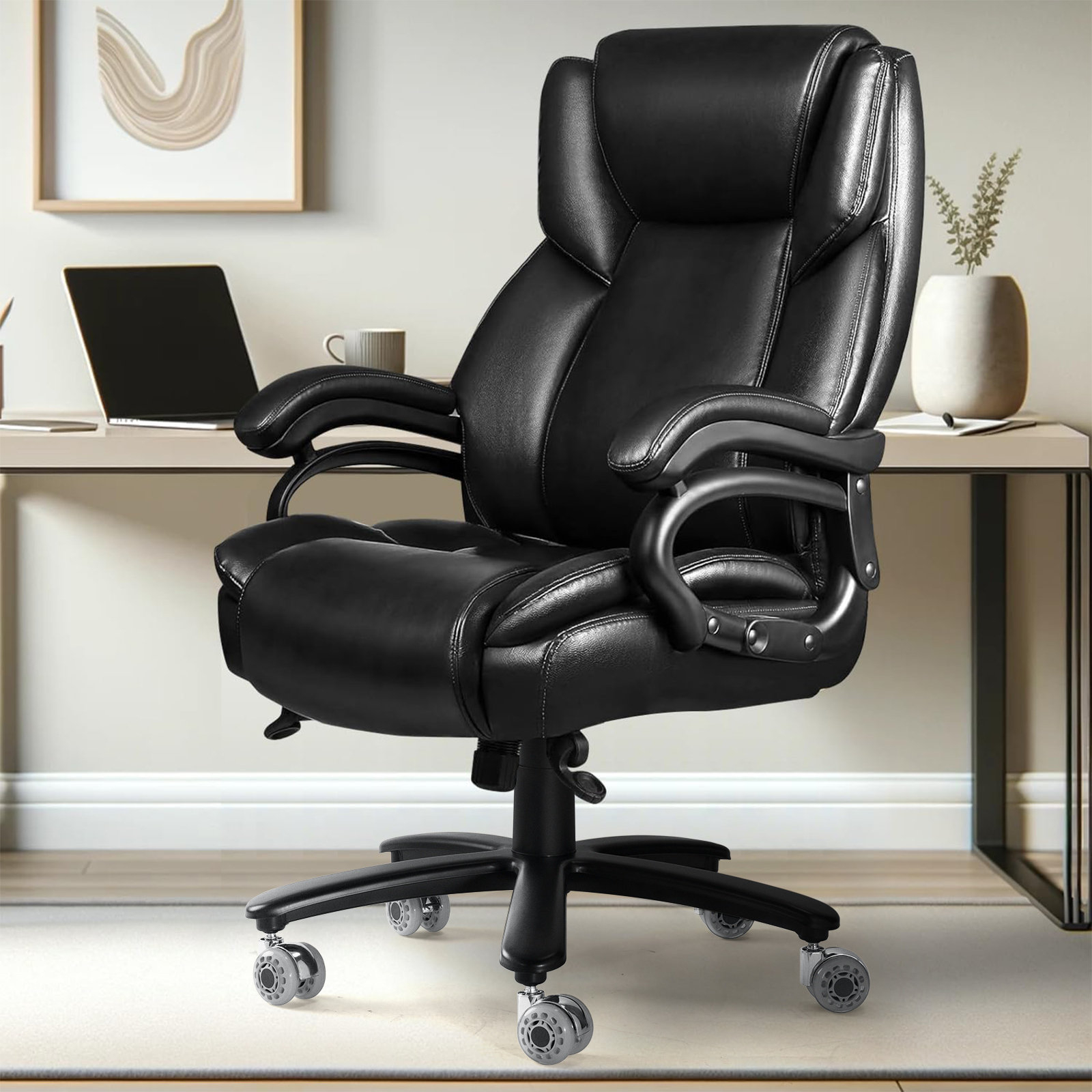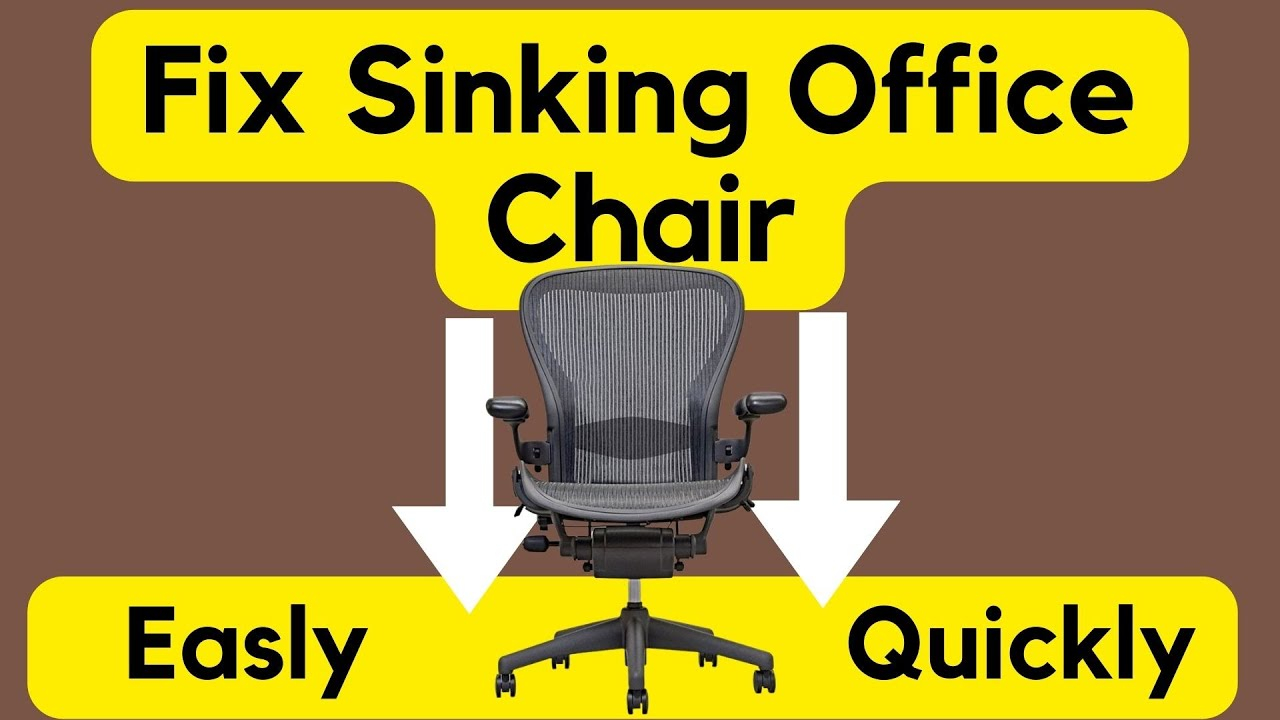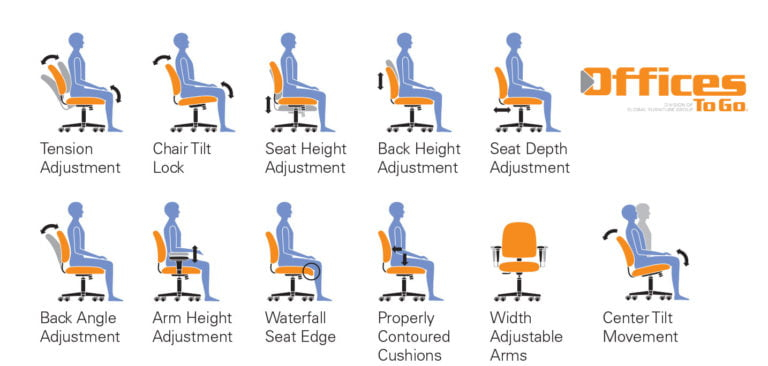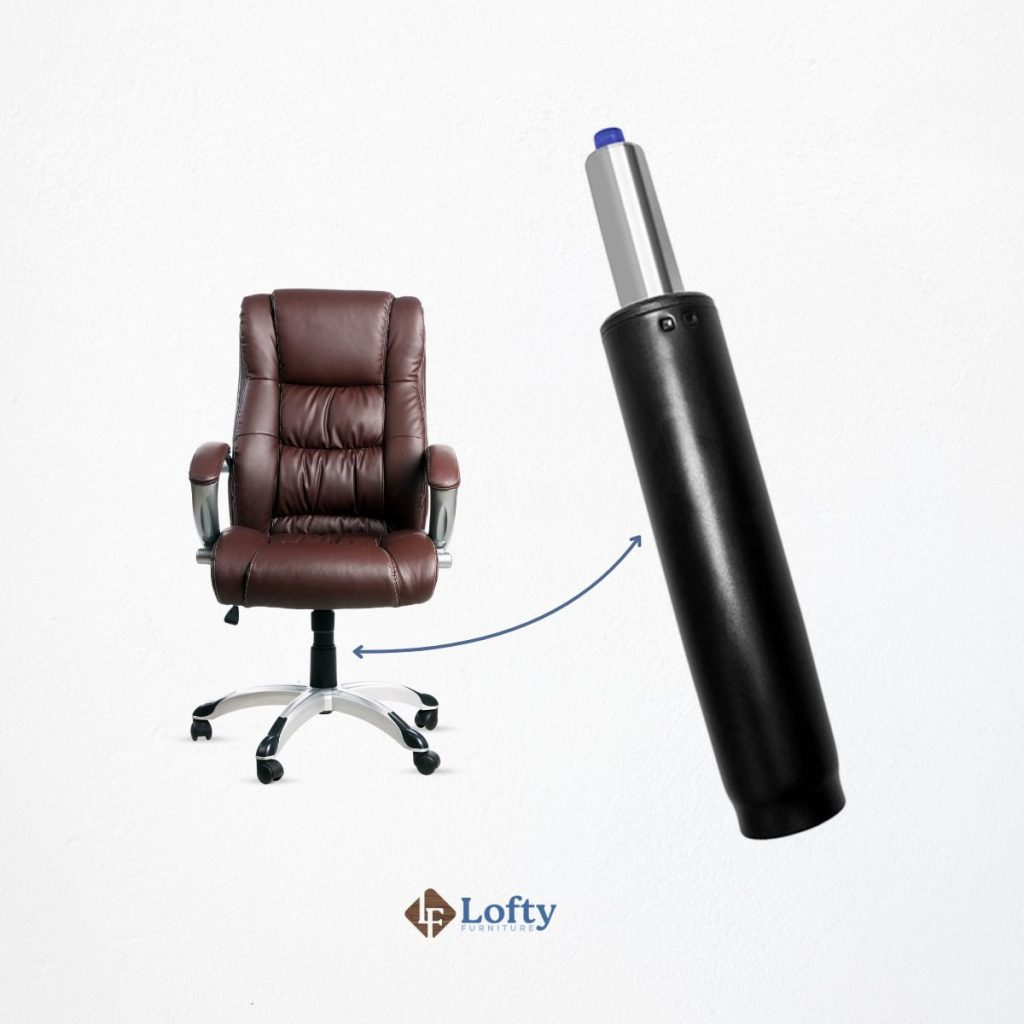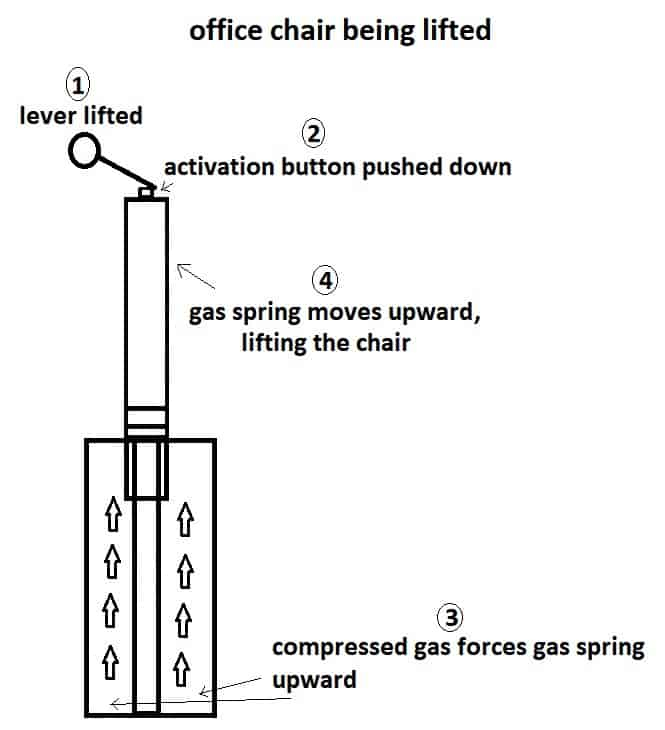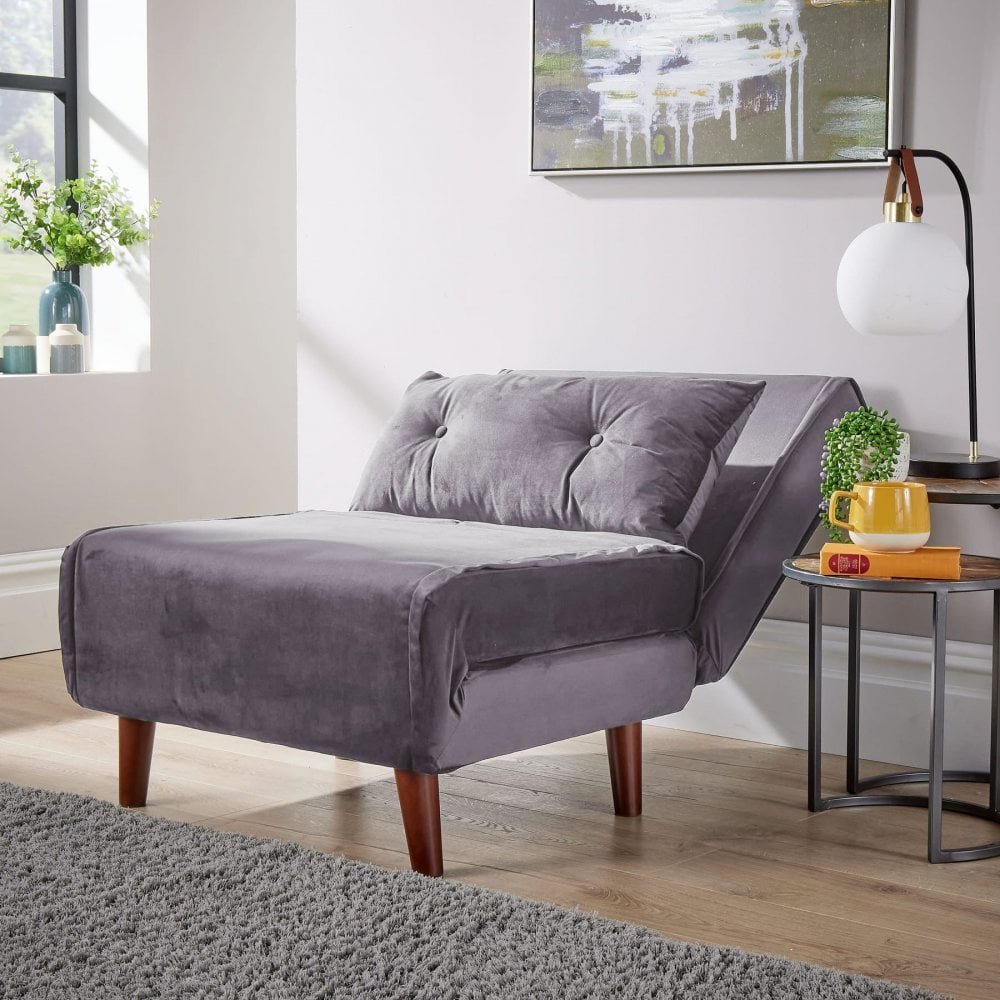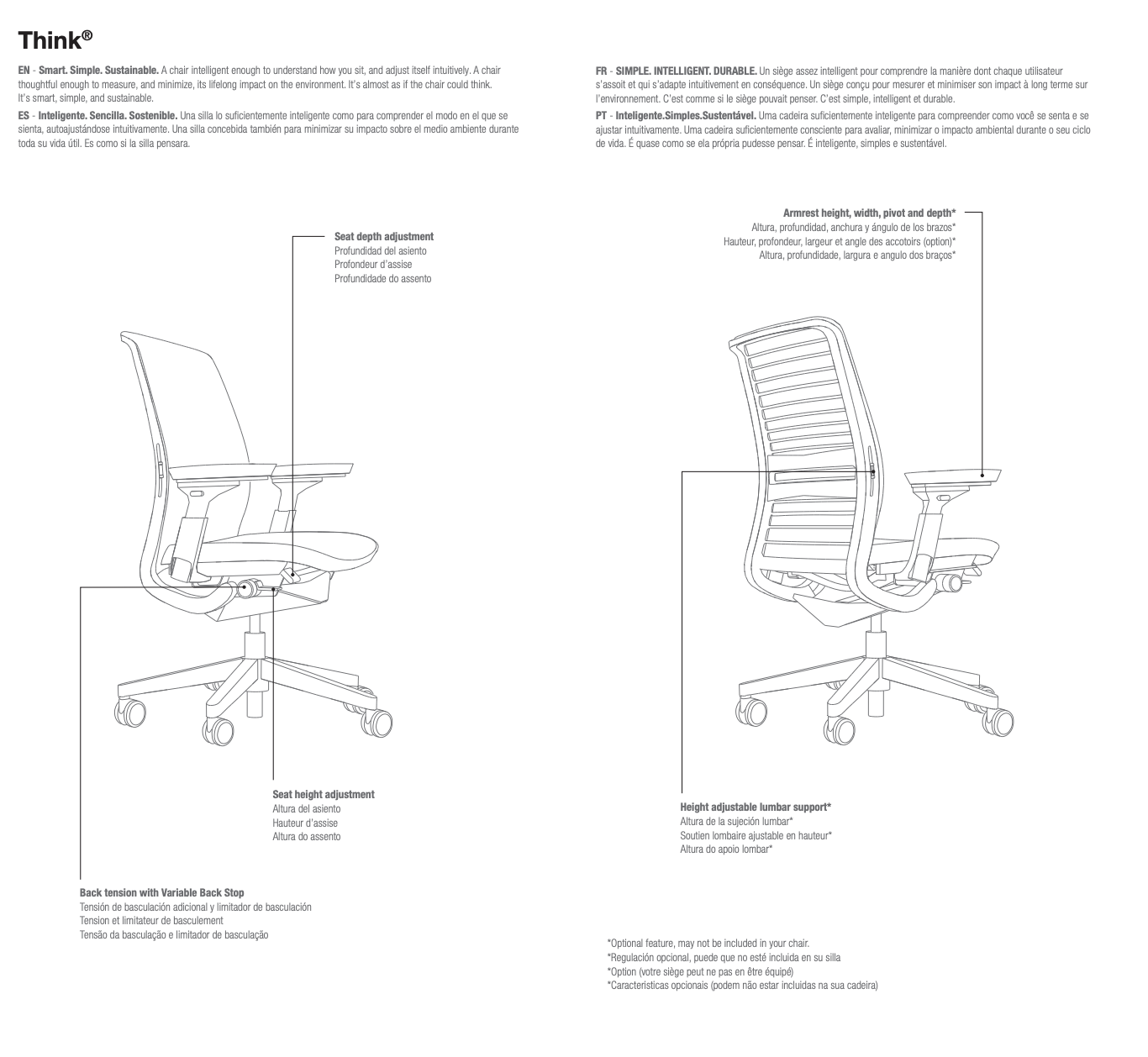Walking into a showroom filled with office chairs can be overwhelming, can’t it? So many options, so many features, and you’re just trying to find the one that won’t leave your back aching by lunchtime. It’s more than just picking a color; it’s about investing in your well-being and your ability to focus throughout the workday. Let’s break down what truly matters when you’re trying out chairs right there in front of you.
We spend a huge chunk of our lives sitting. If that chair isn’t doing you any favors, it can really impact your health and your productivity. Think about it – back pain, neck strain, general discomfort. It all adds up. When you’re faced with a wall of chairs, it’s easy to get lost in the aesthetics. But the real magic happens when you understand the core features that make a chair a truly great companion for your workday. This isn’t about chasing trends; it’s about making a smart, informed decision that benefits you every single day.
Lumbar Support: Your Spine’s Best Friend
This is non-negotiable. Lumbar support refers to the curve in the lower part of your back. A good chair will have a built-in curve or an adjustable lumbar support mechanism that fits snugly into that natural inward curve of your spine. When you sit, your lower back shouldn’t feel like it’s collapsing. Try sitting in a chair for a few minutes and then standing up. If your lower back feels relieved, that’s a good sign. Some chairs offer adjustable depth and height for this crucial feature, allowing you to fine-tune the fit. It’s like a gentle hug for your spine, keeping it in a healthy alignment.
Adjustability is Key: Tailor-Made Comfort
No two bodies are the same, and a chair that fits your colleague perfectly might not work for you. That’s where adjustability comes in. Look for chairs that let you tweak several things: seat height, armrest height and width, backrest tilt, and even seat depth. Being able to adjust the seat height so your feet are flat on the floor and your knees are at a 90-degree angle is fundamental. Armrests should be at a height that allows your shoulders to relax, not hunch up. A chair that moves with you, rather than forcing you into a rigid position, is a winner. Even a simple tilt tension adjustment can make a big difference in how you shift and relax throughout the day.
Seat Comfort and Depth: Beyond the First Impression
The seat itself needs to be comfortable, but not so plush that you sink in and lose support. You should be able to sit for extended periods without feeling pressure points. A good test is to slide a hand between the back of your knee and the edge of the seat. You should have a few fingers’ width of space. Too little, and the seat might be cutting off circulation. Too much, and you might not be getting enough thigh support. Some chairs have a seat slider, allowing you to adjust the depth – a fantastic feature for people with longer or shorter legs. The cushioning should be firm enough to support you, but soft enough to be comfortable.
Backrest Support and Recline: Working with Your Back
The backrest should support the natural curve of your spine, from the lumbar region all the way up to your shoulders. Some chairs have a fixed backrest, while others offer adjustable backrests that can move independently of the seat. A good recline function allows you to lean back and change your posture, which is essential for reducing strain. Look for a chair that allows you to lock the recline at different angles or offers a smooth, controlled tilt. The material of the backrest also matters – mesh offers breathability, while padded options provide a softer feel.
Armrests: Support Where You Need It
Armrests aren’t just for decoration. They help support your arms and shoulders, reducing tension in your neck and upper back. The most versatile armrests are often called ‘4D’ or ‘adjustable’ armrests because you can typically move them up and down, forward and backward, in and out, and even pivot them. This allows you to position them perfectly so your forearms rest comfortably parallel to the floor, with your elbows at about a 90-degree angle. If the armrests are too high, they’ll make you hunch. If they’re too low, they won’t provide adequate support. Being able to adjust them is a game-changer for many people.
Material and Breathability: Staying Cool and Comfortable
The materials used in an office chair can significantly impact your comfort, especially during long work sessions. Mesh is a popular choice for its breathability, keeping you cool and preventing that sticky feeling. Fabric chairs can be comfortable and offer a softer touch, but they can also trap heat and be harder to clean. Leather chairs offer a premium feel and durability, but they can also be less breathable. Consider the climate you work in and your personal preference. Try to feel the material; does it feel good against your skin? Will it hold up? These are important considerations.
So, when you’re looking at chairs on display, don’t just glance. Sit in them. Adjust them. Spend a few minutes in each one. Think about how your back feels, if your feet are flat, and if the armrests are at the right height. These simple steps will help you filter through the options and find a chair that truly supports your body and enhances your work experience. Investing a little extra time now can save you a lot of discomfort down the road. Happy sitting!



